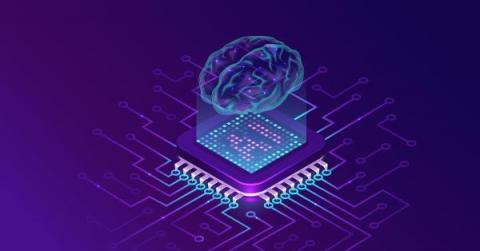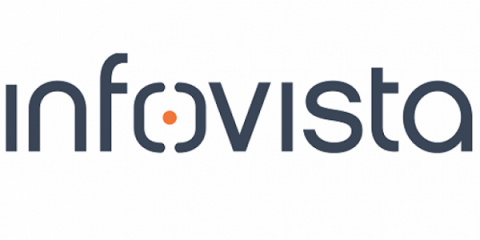Operations | Monitoring | ITSM | DevOps | Cloud
Technology
The latest News and Information on APIs, Mobile, AI, Machine Learning, IoT, Open Source and more!
3 Key Considerations for Your Business' Phone System
We're listening! Leveling up how we gather, review, and respond to product feedback.
What does OTA mean?
OTA is a term commonly used when working with any type of device. Simply, the abbreviation OTA means ‘over-the-air’, and refers to the distribution of information wirelessly. In the context of IoT, you will often hear it used in combination with “updates”. Let’s explore in more detail what OTA is.
Komodor Introduces New Companion Tool For Helm
Today, I am happy to see the public release of Helm-Dashboard, Komodor’s second open-source project, after ValidKube, and my first since joining the team as Head of Open Source. It’s a compelling challenge to try and solve the pain points of Helm users, but more than anything it’s a labor of love. So it is with love that we’re now sharing this project with the community, and I’m excited to imagine where it will go from here.
Five worthy reads: Is merging artificial intelligence with your thoughts really a good idea?
Five worthy reads is a regular column on five noteworthy items we’ve discovered while researching trending and timeless topics. In this edition, we’ll learn what brain-computer interfaces are, their crucial medical applications, and the ethical challenges they pose.
What's the hype about Machine Learning?
Can it help businesses? Machine learning is an inescapable buzzword for many in the operations sector. Even friends and colleagues tend to make us aware of a new ML tool that may or may not be useful. While there are many ML tools in the market, not all are suitable for every business. Some tools, when tested, struggle to solve basic, everyday use cases. Therefore, when evaluating ML tools, other deeper questions and issues do arise.
Infovista partners with VMware to bring Automated Assurance and Operations to multi-cloud environments
Memfault 101 Training
The Open Source Observability Adoption and Migration Curve
Open source monitoring and observability tools can be found in production all over the world – whether they’re being used by startups or entire enterprise development teams. DevOps, ITOps, and other technical teams rely on tools like Prometheus, Grafana, OpenSearch, OpenTelemetry, Jaeger, Nagios, Zabbix, Graphite, InfluxDB, and others to monitor and troubleshoot their cloud environment.











